
FUE vs BIO-DHT Hair Transplant: Which is Better?
By Nelson Fernandes
A full head of hair makes a significant difference to our confidence levels and how we feel about ourselves. Unfortunately, hair loss affects more than 85% of men and 55% of women during their lifetime. Hair transplantation as a solution for balding and loss of hair has been gaining in popularity at a fast rate all over the world. A Hair transplant is a surgical hair restoration procedure that involves the transfer of healthy hair follicles from the back or side of the head (the donor sites) to the areas of the scalp (the recipient sites) where there is loss of hair and balding.

You may have or not tried a lot of non-surgical options for hair restoration. But if you’ve decided that a hair transplant is the best solution for permanent results, you can choose from a few different options. However, deciding the type of hair transplant can be pretty daunting, especially when each hair transplant method has variations and includes varying benefits.
Apart from the FUT method and other variations, Follicular Unit Extraction (FUE) and Direct Hair Transplant (DHT) are two of the most popular hair transplant methods. But deciding between the two needs expert guidance and correct information about the differences and the benefits
What is Follicular Unit Extraction (FUE)?
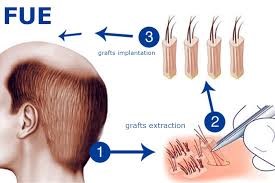
FUE is a method of hair transplant that involves extracting individual hair follicles from an area of the scalp called the donor site, where the patient still has normal and healthy hair growth, such as the back or side of the head. The surgeon then implants the extracted hair follicles to the area of the scalp that is balding or where the patient requires hair regrowth. FUE hair transplantation provides natural-looking results, speedy recovery and minimal scarring.
The Process: During the process, individual follicles, which contain typically between 1 and 4 hairs, are removed under local anesthesia. They are removed using an instrument which cuts tiny holes (less than 1mm in diameter) in the scalp. Then, in the area where the patient’s hair is thinning/balding, the surgeon will create channels in the scalp. The extracted follicles are then carefully implanted into the channels, while ensuring that the hair blends in properly by matching the angle of the original hair growth.
What is a DHT hair transplant?
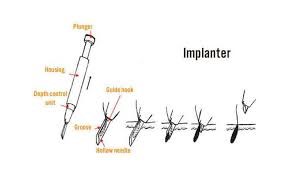
DHT (Direct hair transplant) is a newer version of the FUE hair transplant surgery that has recently gained popularity among those suffering from hair loss.
The Process: During a DHT hair transplant, a surgeon uses a specialized tool that makes slits and reimplants hair follicles at the same time. The process itself is very similar to the FUE hair transplant procedure and patients can enjoy equally short recovery and minimal scarring.
FUE vs DHT Hair Transplant
Are you wondering which is best for your situation and for your type of hair loss. Actually, if you are a good candidate for the FUE method, you are probably also a good candidate for DHT method. Both are similar procedures with slight variations.>
Follicular Unit Extraction (FUE) Technique:
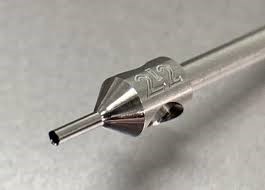
Extraction: Individual hair follicles are extracted from the donor area (usually the back of the head) using a micro-punch tool.
Implantation with Incisions: The extracted follicles are then implanted into the incisions made in recipient area where hair loss has occurred.
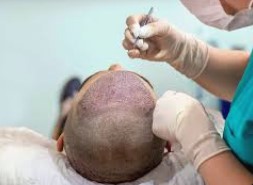
Advantages:
Minimal Scarring: The micro-punch tool creates very small, dot-like scars that are hardly noticeable.
Less Invasive: The procedure is less invasive compared to traditional strip harvesting methods.
Natural Results: Properly done, FUE can yield very natural-looking results.
Quicker Recovery: Faster healing time compared to methods that involve larger incisions.
Disadvantages:
Time-Consuming: The procedure can be lengthy as each follicle is extracted and implanted individually.
Cost: Generally expensive due to the labor-intensive nature of the process.
Skill-Dependent: The quality of the results can vary significantly based on the surgeon's expertise.
Direct Hair Implantation (DHT) Technique:
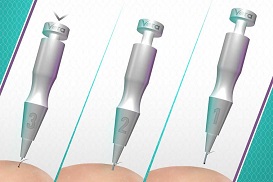
Simultaneous Extraction and Implantation: In DHT, hair follicles are extracted and implanted simultaneously using a specialized pen like tool.
The implanter Pen allows for direct implantation without the need for creating recipient site incisions beforehand.
Advantages:
Reduced Time: The process of simultaneous extraction and implantation can reduce the overall procedure time.
Less Trauma: The technique is considered less traumatic for the follicles since they are implanted immediately after extraction.
Higher Survival Rate: Immediate implantation can potentially lead to a higher survival rate of the transplanted follicles.
Natural Results: Allows for precise control over the angle, direction, and depth of the implanted hair, resulting in very natural-looking results.
Recovery time: Quicker recovery, potentially with even less trauma to the scalp.
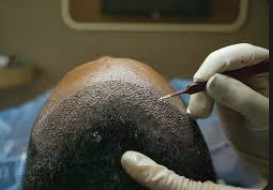
Disadvantages:
Complexity: The technique requires high precision and skill, making it crucial to choose an experienced surgeon.
Cost: It can be more expensive than FUE due to the advanced technique and tools used.
Limited Availability: Not all clinics offer DHT, and finding a qualified surgeon may be more challenging.

In Conclusion: Both FUE and DHT are effective hair transplant methods, each with its own set of advantages and considerations. The choice between FUE and DHT should be based on individual preferences, the specific circumstances of hair loss, the expertise of the surgeon, and affording the cost variation. According to the experts, the average success rates of both treatments are around 95% with the success rate of DHT being on the higher side. So whatever procedure you decide is best for you, you can be sure that you’re going to enjoy extremely safe and effective results.
Consulting with a qualified and experienced hair transplant specialist is crucial to determine the best approach for achieving the results you desire.